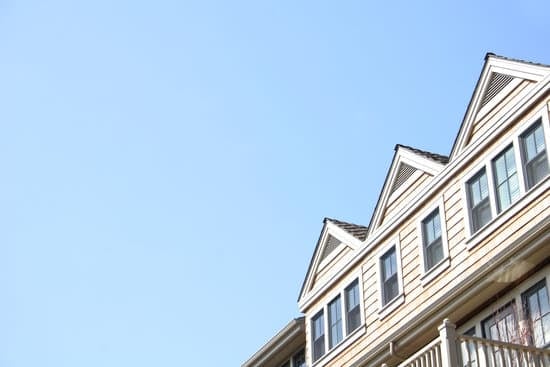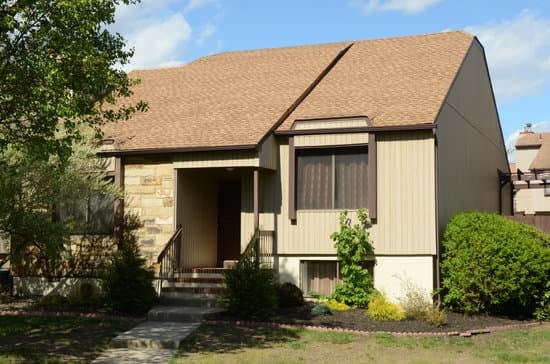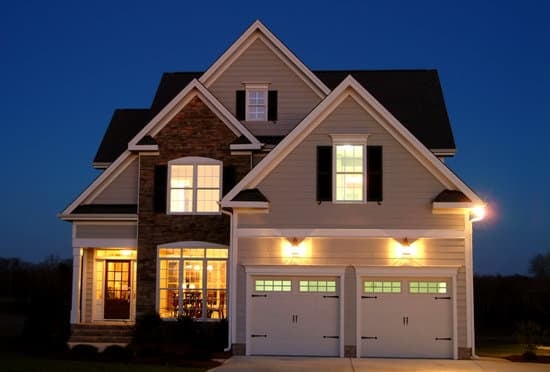The Sun’s Ultraviolet Radiation and Its Damage to Asphalt Shingles
The sun provides us with warmth and light, but its powerful rays can also cause significant damage to asphalt shingles. Ultraviolet (UV) radiation emitted by the sun can alter the composition of asphalt shingles over time, making them more vulnerable to damage by weather. Asphalt shingles are made of a mixture of asphalt and granules. UV radiation can cause the asphalt portion of the shingle to dry out and become brittle. This drying effect can cause the shingle to crack or curl, which can lead to water damage and leaks. Furthermore, UV radiation can also cause the granules on top of the shingles to loosen and fall off. The granules protect the asphalt from damage, so the loss of granules can further weaken the shingle. Key point: The sun’s UV radiation can make asphalt shingles hard and dry, increasing their susceptibility to damage by weather.How Weather Can Affect Asphalt Shingles
Weather can also play a significant role in the deterioration of asphalt shingles. Extreme temperatures, heavy rain, snow, hail, and wind can cause harm to the already weakened shingles. For example, during periods of extreme heat, the shingles can expand and contract. This expansion and contraction can cause the shingles to crack or become dislodged. Heavy rainfall or snow can cause leaks and water damage, which can further weaken the shingles. Hail and strong winds can also cause significant damage to asphalt shingles. Hail can cause dents or holes in the shingle, while strong winds can lift the shingles off the roof or cause them to break. Key point: Weather conditions such as extreme heat, heavy rainfall, snow, hail, and wind can cause significant damage to asphalt shingles.Common Signs of Damage to Asphalt Shingles
It is important to inspect your roof periodically for damage to the asphalt shingles. Some common signs of damage include:- Cracks or breaks in the shingles
- Curling or buckling of the shingles
- Missing granules on top of the shingles
- Leaks or water stains on the ceiling
Factors That Can Accelerate Asphalt Shingle Deterioration
There are several factors that can accelerate the deterioration of asphalt shingles. These include:- Poor roof ventilation
- Algae or moss growth on the roof
- Excessive foot traffic on the roof
- Improper installation
- Low-quality shingles
Tips for Protecting and Maintaining Your Asphalt Shingles
Fortunately, there are several steps you can take to protect and maintain your asphalt shingles. These include:- Regular roof inspections
- Keeping the roof clean and free of debris
- Trimming trees and other vegetation near the roof
- Ensuring proper roof ventilation
- Properly installing and sealing flashing around chimneys and vents




















